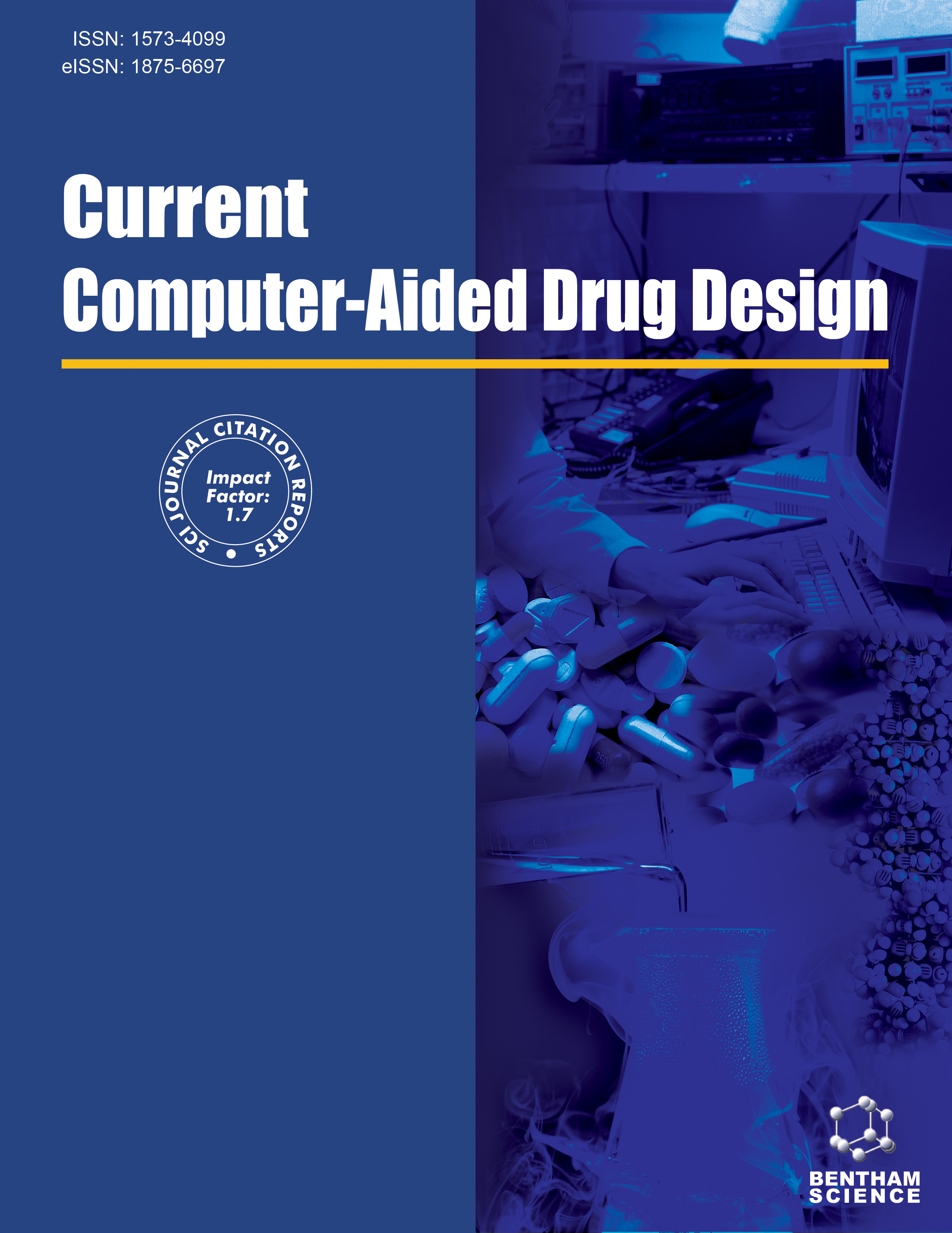
Full text loading...
We use cookies to track usage and preferences.I Understand
Natural plant sources are essential in the development of several anticancer drugs, such as vincristine, vinblastine, vinorelbine, docetaxel, paclitaxel, camptothecin, etoposide, and teniposide. However, various chemotherapies fail due to adverse reactions, drug resistance, and target specificity. Researchers are now focusing on developing drugs that use natural compounds to overcome these issues. These drugs can affect multiple targets, have reduced adverse effects, and are effective against several cancer types. Developing a new drug is a highly complex, expensive, and time-consuming process. Traditional drug discovery methods take up to 15 years for a new medicine to enter the market and cost more than one billion USD. However, recent Computer Aided Drug Discovery (CADD) advancements have changed this situation. This paper aims to comprehensively describe the different CADD approaches in identifying anticancer drugs from natural products. Data from various sources, including Science Direct, Elsevier, NCBI, and Web of Science, are used in this review. In-silico techniques and optimization algorithms can provide versatile solutions in drug discovery ventures. The structure-based drug design technique is widely used to understand chemical constituents' molecular-level interactions and identify hit leads. This review will discuss the concept of CADD, in-silico tools, virtual screening in drug discovery, and the concept of natural products as anticancer therapies. Representative examples of molecules identified will also be provided.

Article metrics loading...

Full text loading...
References


Data & Media loading...

